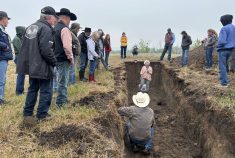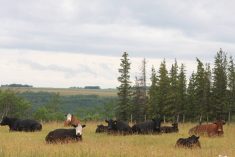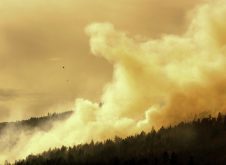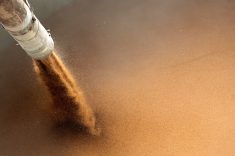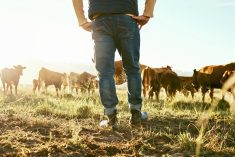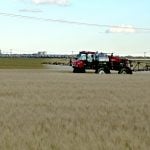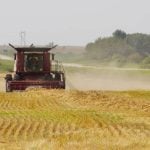It’s no coincidence that War and Famine ride together as part of the Four Horsemen of the Apocalypse. Humans have known for a long time that war breeds hunger, and hunger brings war, so it’s not surprising that knowledge is encoded in a major religious text such as the Bible. Of course, pestilence is also closely linked to famine and war, and the three herald death.
I am, of course, thinking about the knock-on effects of the war raging in Ukraine. It’s horrible to read stories of Ukraine’s civilians, including children, dying under artillery fire. Contemplating what might happen to countries that rely on food imports from Ukraine and Russia, such as those in Northern Africa, the Middle East and Southeast Asia, is grim. Given the likelihood of ballooning inflation and fertilizer supply issues, it looks like the world’s farmers have a tough year ahead of them, too.
Read Also
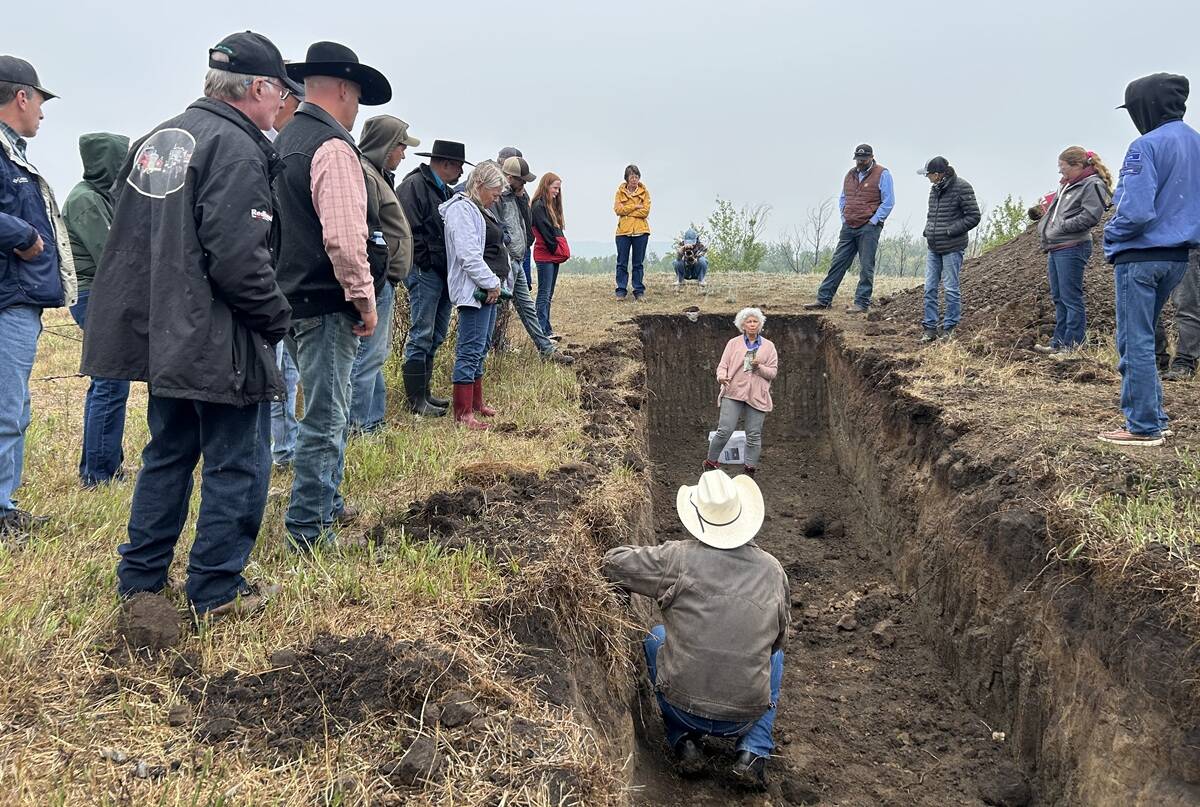
Improving soil health on the ranch
Yamily Zavala, PhD, talks soil health for farmers and ranchers at a grazing club field day at Paradise Hill, Saskatchewan.
Conflict and farming are diametrically opposed. Planting a seed requires enough stability for the farmer to be able to watch that crop grow (and intervene if pests or weeds threaten it), and to harvest it in the fall. Managing and building a herd of cows or any other livestock also requires patience and care, and an environment that allows producers to plan. Farming requires hope and faith for a good, peaceful future, and also helps create a better future.
I was thinking about all this after reading Ihor Pavliuk’s story from our April issue of Canadian Cattlemen, where he writes of Ukrainian farmers’ determination to support their military while also farming through war. The importance of farming is, as Pavliuk writes, “contained in the genetic code of the Ukrainian people: bread must be sown at any cost.” It’s an act that opposes war and nourishes life.
Dealing with drought
We have never been entirely free of violence in this country, but we haven’t faced war at or within our borders for a long time. In that sense, we’re very lucky in Canada. I’m grateful to live in a democratic country with plenty of space and natural resources.
Still, ranching has more than its share of its challenges, especially given the economic grind of running a cow-calf operation and the recent drought.
Last month, while at the Alberta Beef Producers AGM, I chatted with Karin Schmid, beef production and extension lead with the Alberta Beef Producers. Schmid had several tips on managing grazing this spring, given the drought last year.
The first thing to recognize is that both water and forage resources took a beating last year, she said. On the forage side, try to avoid grazing early. Early grazing will slow the regrowth of recovering plants. Waiting until the three-leaf stage also means more fall grazing. Producers may need to lengthen recovery periods this year, as plants may take longer to regrow than normal. Also, when pastures are stressed, toxic plants tend to green up faster in the spring and stay greener longer in the fall. These toxic plants tend to attract cattle when there’s less of the good stuff to eat.
On the water side, think about water availability and quality. If you’re relying on natural water sources and the water table is low, have a backup plan. That might mean hauling water, developing a spring or building a pipeline. As for quality, remember that when water evaporates, sulphates and total dissolved solids become more concentrated. Depending on the severity of the water quality issues, producers may see reduced growth and performance, polio from high sulphates, or even dehydration and death if the water is extremely salty.
When it comes to water testing, Schmid suggests contacting the lab to discuss what quality issues you’re concerned about and how best to sample for those issues. Sampling methods might vary depending on whether you’re worried about blue-green algae, sulphates or total dissolved solids. While there are hand-held metres, Schmid notes accuracy can be a bit hit-and-miss.
For those of you in Saskatchewan, Saskatchewan Agriculture offers free water testing through its regional offices. They also have a listing of feed and water testing labs across Canada and even a few in the U.S. The url is too unwieldy for print, but I Googled “Sask Agriculture water testing” and the listing popped up.
Last summer, I talked to Catherine Lang, regional livestock and feed extension specialist with Saskatchewan Agriculture, for tips on water testing. If you’re submitting to a Saskatchewan regional office, she recommends using a clean container and bringing in a litre of water for sampling. Get a sample that’s representative of what the livestock are drinking. For example, with a dugout, reach in a foot or two to draw water from where they’re drinking. Some people use a grain sampling stick to sample. If pumping from the dugout to a trough, sample from the trough.
No matter the year, Schmid suggests creating a grazing and water management plan that includes a drought scenario. Include triggers in the plan to take certain actions if rainfall is short by a certain date. Thinking about it beforehand and setting triggers eases decision-making when the time comes.
We have plenty of snow in my area of northwestern Saskatchewan. Even the moose are tired of wading through it. It’s mid-March as I write this, so we’re likely in for more precipitation this month. I wish I could send some southwest. It should be an interesting spring melt here.
As for those of you who are getting nervous about the spring moisture situation, I wish you timely spring rains and green grass. We’ll have a better idea soon of what the growing season has in store for everyone.




